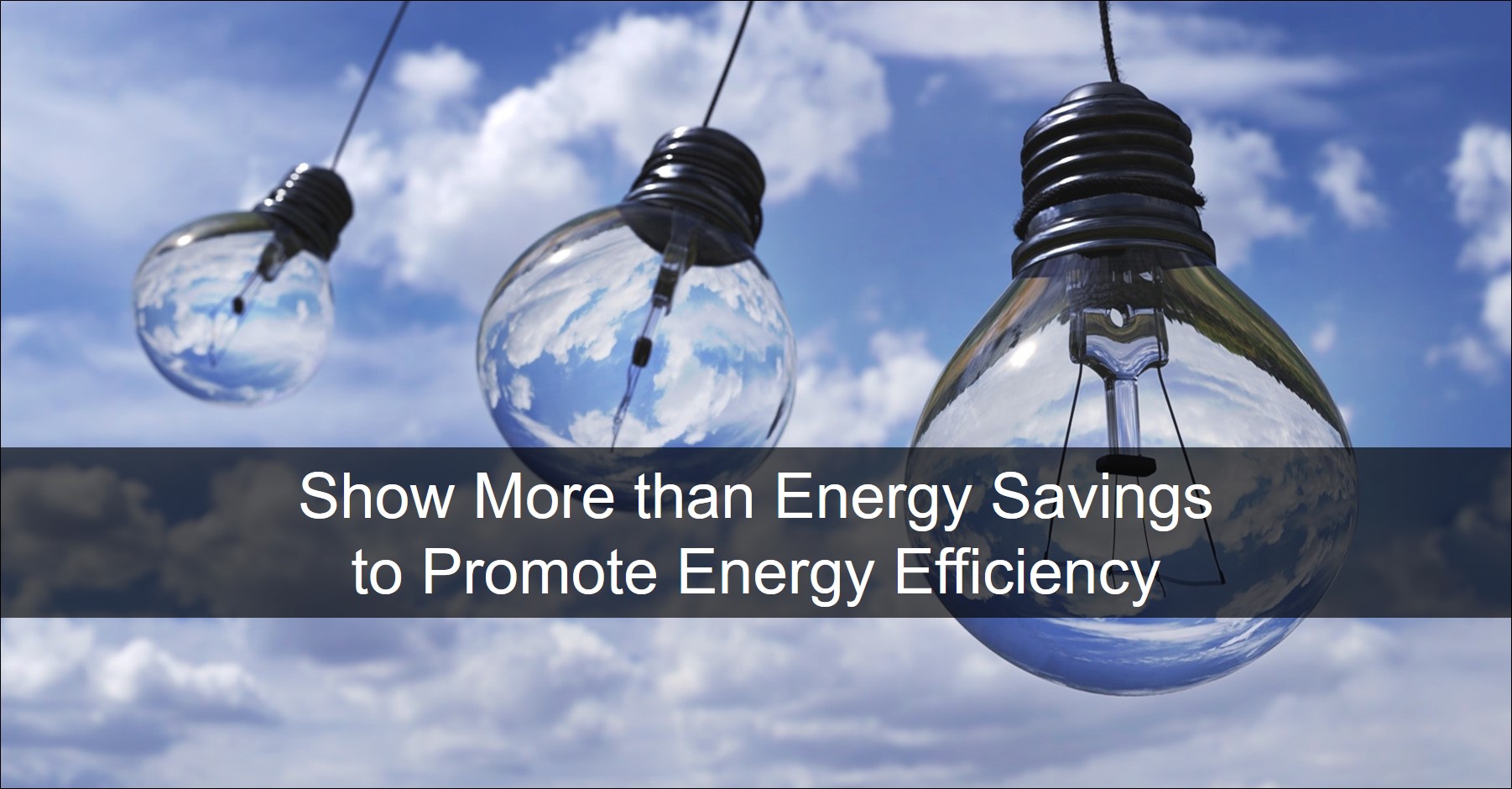 Small and medium-sized businesses (SMB) often incur significant energy costs, but lag behind their larger counterparts in adopting energy efficiency (EE) measures. According to the New York State Energy Research and Development Agency (NYSERDA), there are two primary barriers to adoption that solution providers must address.
Small and medium-sized businesses (SMB) often incur significant energy costs, but lag behind their larger counterparts in adopting energy efficiency (EE) measures. According to the New York State Energy Research and Development Agency (NYSERDA), there are two primary barriers to adoption that solution providers must address.
1. Transactional. These are associated with investigating, coordinating, and implementing energy efficiency (EE) projects.
2. Informational. These barriers pertain to knowledge of and familiarity with resources to implement an EE project.
Let’s look at options for investigating and addressing each of these barriers.
Overcome Transactional Barriers
SMBs typically view their utility bills as a “cost of doing business” and assume that their competitors have an equivalent energy spend. Because energy isn’t usually among the top two or three largest expenses, business owners and leaders don’t pay much attention to it.
The best way to persuade a business owner to invest in energy efficiency is to show how it will improve the overall performance of their business, beyond just energy savings. Focusing exclusively on savings from their somewhat nominal energy cost is not enough to get their attention. You need to show how better lighting, more consistent temperatures, being a better steward of the environment, etc., will help them in ways beyond energy cost savings.
Employees can benefit greatly from business improvements realized from EE projects. They will be more productive working in a comfortable environment. Energy efficient lighting can also reduce glare and eye strain, enabling better health and productivity. And because most employees are concerned about the energy consumption at home, they will appreciate working for a company that is a good steward of the environment at the office. These direct and indirect benefits can result in happier, more productive employees; lower turnover; and lower recruiting costs.
Likewise, implementing EE projects can have a significantly positive impact on customer perception. It’s a lot easier to recruit and retain customers who want to support companies that care about the environment. Energy efficiency improvements are especially important for brick-and-mortar retail establishments, where better customer comfort enables spending more time in the store, leading to higher sales and positive impressions.
Align Incentives
When SMBs don’t own their own building, investing in an energy efficiency project can be a challenge because the incentives for saving energy are potentially misaligned. As we discussed earlier, there are clear benefits to the business in terms of lower energy costs and higher employee productivity. But how does the building owner benefit?
Building owners often foot the bill for infrastructure upgrades such as building envelope improvements and HVAC upgrades without directly benefitting from the resulting energy savings. Therefore, the value proposition must address the benefits for both the building owners as well as the occupant(s).
The value proposition for the building owner would include improved occupancy rates, higher rental prices, and increased property value. And similar to the business benefits, building owners can more readily attract tenants that appreciate leasing space in green, more energy efficient buildings.
Offer Turnkey Solutions
Larger companies often have a facilities management department or skilled individual who is responsible for building operations and cost management. This is not typically the case for small and mid-sized businesses, which often lack the resources and knowledge needed to implement energy efficiency projects on their own.
Additionally, the designated individual who works for an SMB likely has other responsibilities as well, leaving energy efficiency as extra work rather than a main focus. This means that solutions providers need to help prospective customers understand and estimate how an EE project could impact their business.
Solution providers need to provide full turnkey solutions for SMBs, which typically lack appropriate internal resources. SMB decision makers also need access to easy-to-use tools and resources to help them evaluate and decide to invest in energy efficiency projects. This includes things like assessment tools to evaluate alternatives, value calculators to estimate the total benefit, and easy ways to find qualified solution providers in their area.
Conclusion
Most businesses should consider initiating energy efficiency projects to improve employee productivity and public perception as a caring and responsible company. Solution providers selling EE projects are best served by going beyond simple energy cost savings and building a business case that includes potential benefits for both the business and the building owner.
Providers should also use value selling tools and key information to help prospective customers assess and estimate how an EE project could impact their business. Leverage all the resources available to evaluate and implement projects that achieve maximum benefit.









